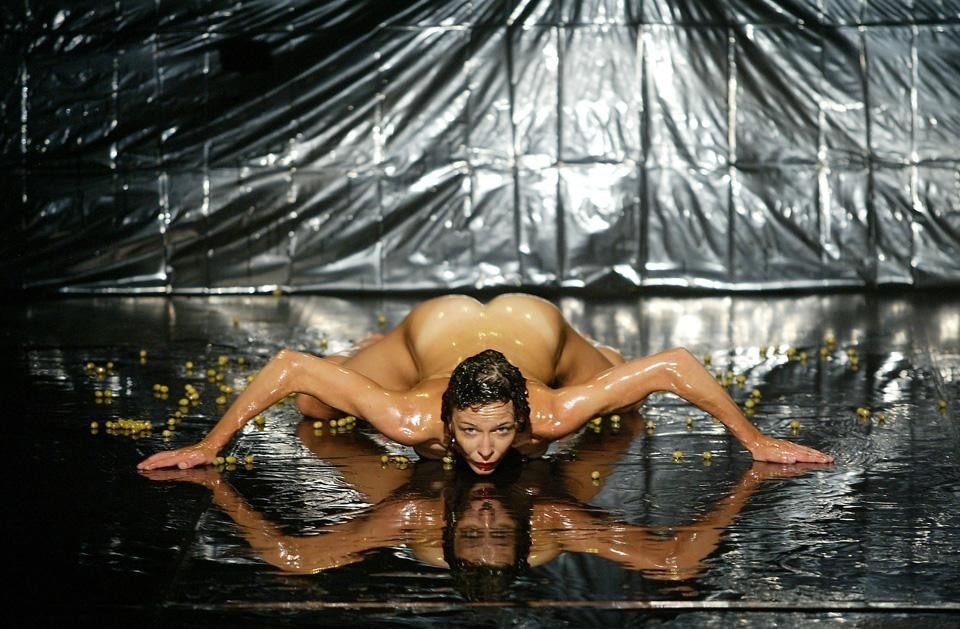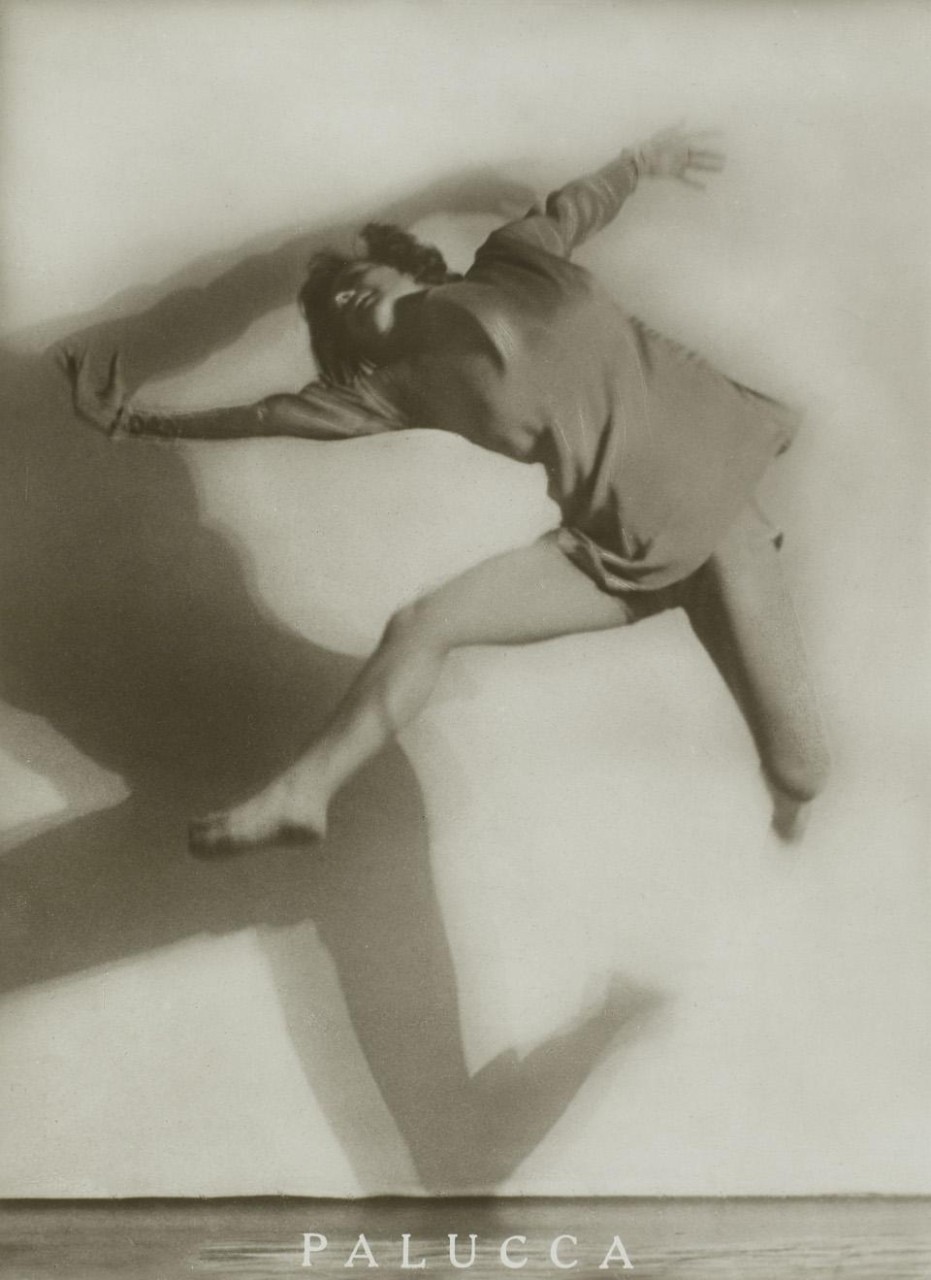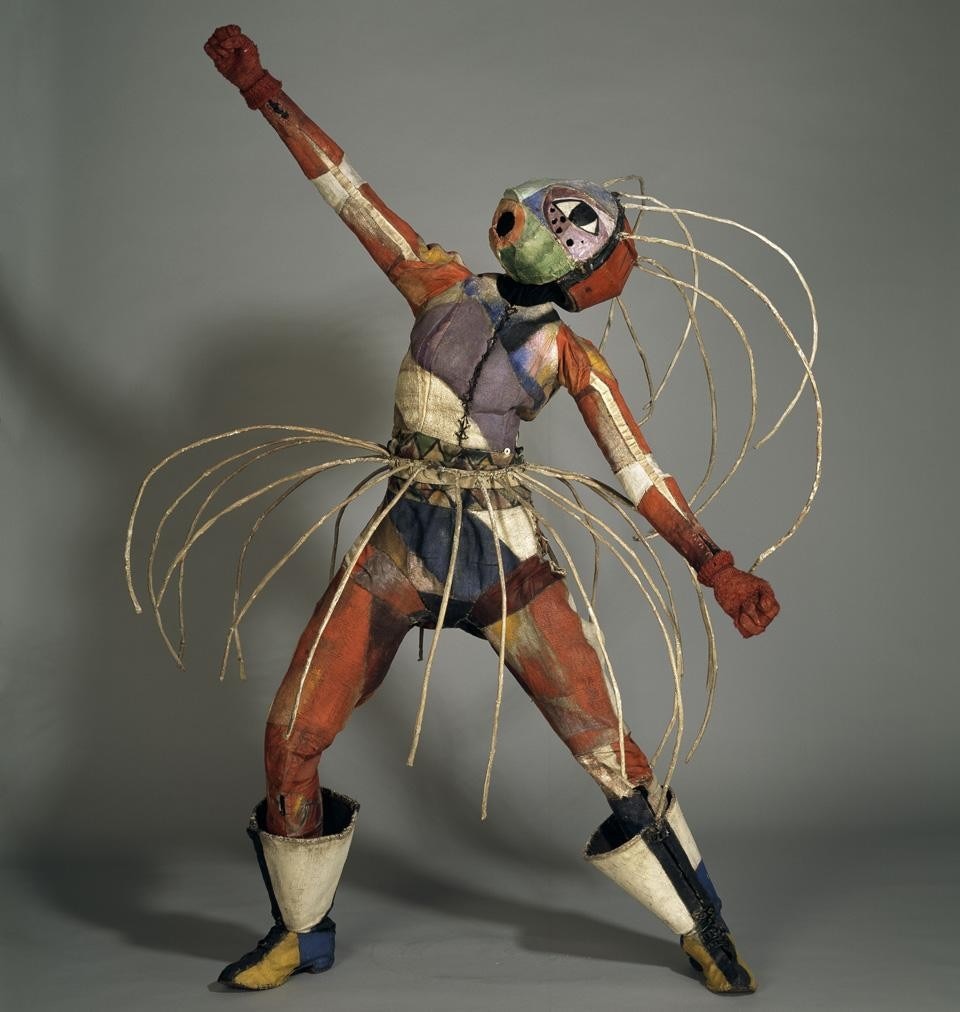
The invention of a new subjectivity is explored through the birth of a free dance emancipated from classical tradition. In Germany, in the years of Expressionism and of "Freikörperkultur" (Free Body Culture or "naturism"), there was a hitherto unprecedented exchange between artists and dancers, exemplified, for instance, in the relationship between dancer Mary Wigman and the painters Ernst Ludwig Kirchner and Emil Nolde. Later, other close relationships would be established, as for example between Martha Graham and sculptor Isamu Noguchi. From Vaslav Nijinsky to Matthew Barney, from Henri Matisse to Maya Deren, and Pina Bausch to Mike Kelley, film and contemporary art have both entertained a dialogue with the masters of modern dance.

Here the birth of abstraction is viewed through the choreographic inventions of Loïe Fuller and the ways in which Kandinsky, the Cubists, the Futurists, the Bauhaus and the Russian avant-gardes made use of dance. Certain figures, such as Sophie Taeuber-Arp, were both dancers and visual artists. Others maintained a dialogue with dancers, as did Kandinsky with Gret Palucca and Calder with Josephine Baker. The explorations of Nicolas Schöffer and Alwin Nikolais then bring this story to a close with mechanical ballets, kinetic inventions and virtual dances. This section also includes a new work by Olafur Eliasson specially conceived for the exhibition.

This last section considers the connections between dance and performance art and vice versa, from the first Dada actions at Cabaret Voltaire to the deployment of tasks (gestures taken from everyday life) by dancer Anna Halprin, from the birth of the happening with Allan Kaprow to Black Mountain College. In the 1960s, Merce Cunningham engaged an artistic dialogue with John Cage, and indeed with Andy Warhol. A selection of works and documents looks back to the Judson Church in New York and then highlights the influence of popular clubbing and techno culture.

